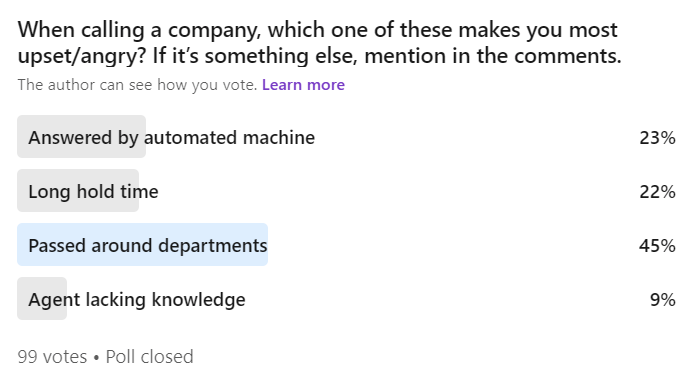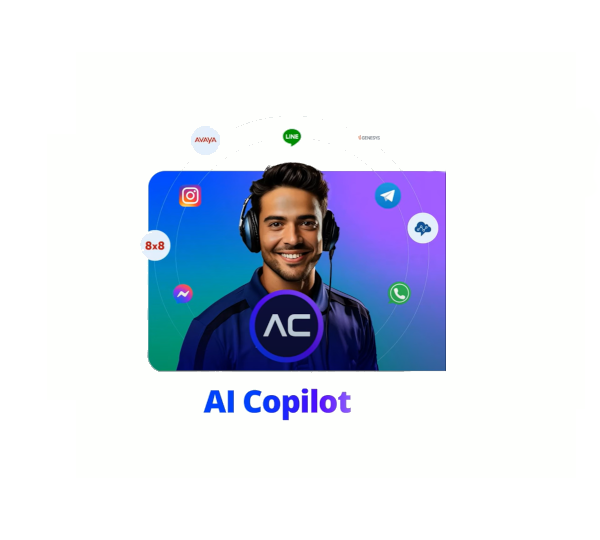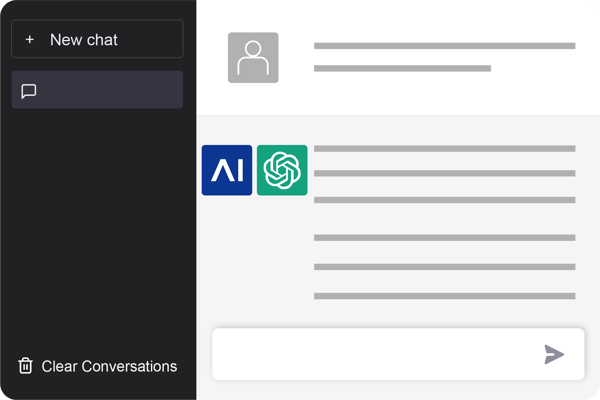Customer experience is a hot topic, and as we move forwards will become the competitive edge. Some companies already have great processes in place and are achieving outstanding results. Unfortunately, many more are falling behind and getting the basics wrong, leading to lost customers and lost revenue.
While there are many communication channels open to a customer, the human touch is still an essential part of the omnichannel experience. For many, making a phone call is still the preferred option, but how well are companies doing in creating a great user experience for the customer?
The real reasons your customers get upset
I recently conducted a poll to discover what customers found most frustrating when calling a company or contact center. Here are the results:

Overwhelmingly the top answer was being passed around different departments before their issue is resolved. This identified a real pain point for those surveyed who relayed their own accounts of being bounced around the organization before getting their issue heard. And to add to the frustration, they would often have to repeat their concern as the initial agent had not relayed it before passing the call.
Surprisingly the Agent lacking knowledge (9%) was not a major concern. However, long hold times and being answered by an automated machine-scored equally at 23%.
1. Answered by a machine
When a customer opts to make a phone call, one of the main reasons is that they want to speak to a human, and so being answered by a machine can be counterproductive. Although new AI technology can be beneficial, there always needs to be an option to communicate directly with humans.
To assist, AI can help by:
- Detecting the caller's number and answering the call using the customer's name.
- Personalizing the options offered around their specific buying/user history.
- Automatically route the call to the correct agent.
It's important to ask if the technology makes your life easier or the customer's life easier. While it's great to have self-service, the human option must remain.
2. Long hold time
Being on hold is never a good start for a customer's experience, and so trying to reduce the time spent on hold should be high on the agenda. Firstly, you need to identify the reasons:
- Do you have the correct number of agents to cope with demand?
- Is the demand seasonal, or does it fluctuate?
- Is there a product or process issue that is causing high demand?
- Is there a training issue that needs to be addressed to help the current agents be more productive?
- Does the agent have the correct information readily available to provide answers?
Once the root cause has been identified, it needs to be addressed and corrected. This may be as simple as recruiting new agents, or as complex as a complete overhaul or redesign of your product, or even improving your internal software system and knowledge base.
3. Passed around departments
In the poll, a clear front runner for the customers' main pain point is being passed around departments and between agents, which can be infuriating and compounded further if the original agent doesn't pass on the correct details and the customer has to repeat themselves time and time again.
This happens more than it should in many companies and is indicative of a divisive culture where departments are pigeon-holed, leading to an attitude of "it's not my job."
There needs to be a fundamental change in the mindset, led from the top down to encourage the notion that customer experience is everybody's responsibility. When a customer calls a company, they are not interested in your title or which department you work for. They want a question answered and a problem solved. Agents lacking knowledge (Next section) is surprisingly low on the frustration scale for customers. One of the most powerful phrases often underutilized is "I don't know the answer, but I will find out for you."
4. Agent lacking knowledge
Although a low priority for customers, it is crucial that the agent's knowledge is improved to enable a better customer experience. Ongoing training and progression of agent's knowledge and skills not only provides a better customer experience but also engages the employee and improves morale.
As already alluded to, improving internal knowledge bases and minimizing data silos, thus making the information readily available to agents, are excellent ways to complement ongoing training to increase agent knowledge, important to note that when using knowledge bases, avoid canned or scripted phrases, instead allow the agent to have the information available and explain it in their own way, which creates a more authentic and personalized experience.
Again, the most critical step in the cycle is when the answer isn't readily available, to take the responsibility to find it out for the customer, without any further friction.
What can you do to avoid these issues?
As with any process, the key is to improve these processes continuously, as something that works today may not be suitable tomorrow, so the process must be ongoing. Short term, ensure that if the customer has experienced any of the pain points mentioned above, a sincere apology is offered. This is a simplistic version of what is required to achieve the desired results and outlines the areas that should be focused on to achieve better outcomes.
[Editor's note] How a 360° customer service automation platform can help
If you're serious about being a customer-centric organization, look no further than Cognigy.AI to automate your customer service. Why?
- Tech and business users can build, design, and deploy virtual agents on any channels with its easy-to-use, low-code platform.
- It also combines the capabilities of a world-class natural language understanding engine or even a full-featured Conversational AI stack along with the ability to perform smart routing based on intelligent call routing algorithms so your customers will no longer be put on long hold times.
- Cognigy.AI solves the #1 reason your customers get upset, which is being passed around departments. How? The Smart Routing feature efficiently connects your customer to the right agent on the very first try.
- And if that's not enough, Cognigy.AI pulls in your customer's history in one view, so your agent has all the info they need to respond confidently. Watch how it works:

.png?width=60&height=60&name=AI%20Copilot%20logo%20(mega%20menu).png)




.png?width=600&height=600&name=Knowledge%20AI%20Feature%20image%20(2).png)













